News
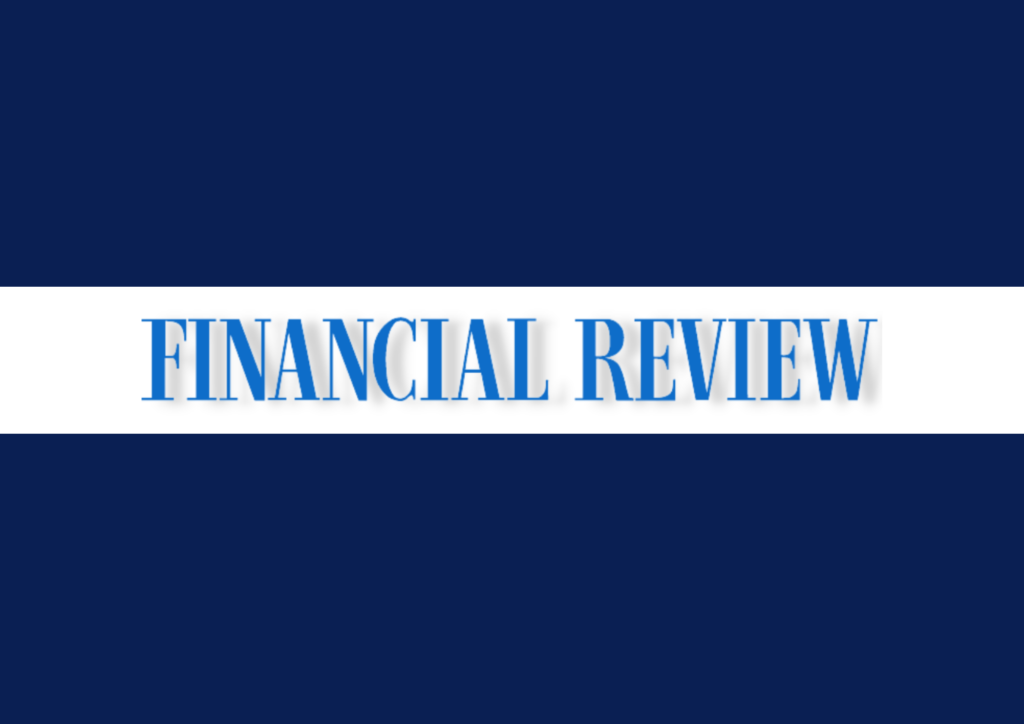
LNG exports may need to fill shortfalls
Queensland’s LNG exporters may need to divert gas to domestic customers to head off a shortfall in the southern states this winter and even then, shortages may occur, the Australian Energy Market Operator has warned, sharpening the focus on the crisis in the east coast market.The market operator said in its 20-year gas supply and demand outlook for the east coast that under any scenario, investment was needed in gas development on the east coast. But it highlighted many factors posing challenges for new projects, including the federal government’s intervention into the market through price caps and ongoing price regulation, which has caused several projects to stall. Senex Energy, owned by South Korea’s Posco and Gina Rinehart’s Hancock Prospecting, has put on ice its proposed $1 billion Atlas project in Queensland, while Cooper Energy has delayed a go-ahead to expand its Otway gas project off Victoria.

Australia ramps up fossil fuel exports to India, but also lithium for renewables
Australia will ship more coal, gas and critical minerals to India under government plans to expand upon more than $24 billion in annual exports when Prime Minister Anthony Albanese visits three Indian cities this week after years of friction with China over trade and security. The stronger strategic relationship is tipped to lead to more investment in Australian resources including lithium at a time when countries are racing to secure supplies to manufacture batteries and electric vehicles – a key objective for India this decade.Resources Minister Madeleine King, who will join the prime minister on the trip, said the Indian government was showing “great interest” in Australian critical minerals as part of its plan to lift the share of renewable energy in its economy.
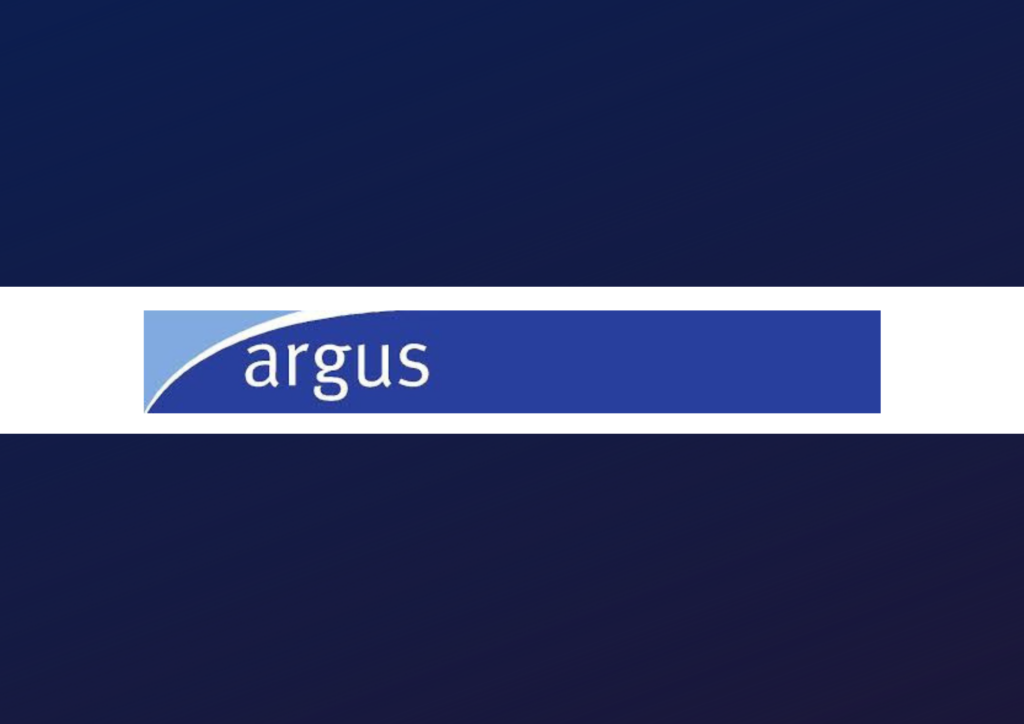
Iron ore on Australian trade agenda to India
Iron ore trade is on the agenda as Australian prime minister Anthony Albanese leads a state visit to India this week, along with three of Australia’s largest iron ore mining firms and resources minister Madeleine King.
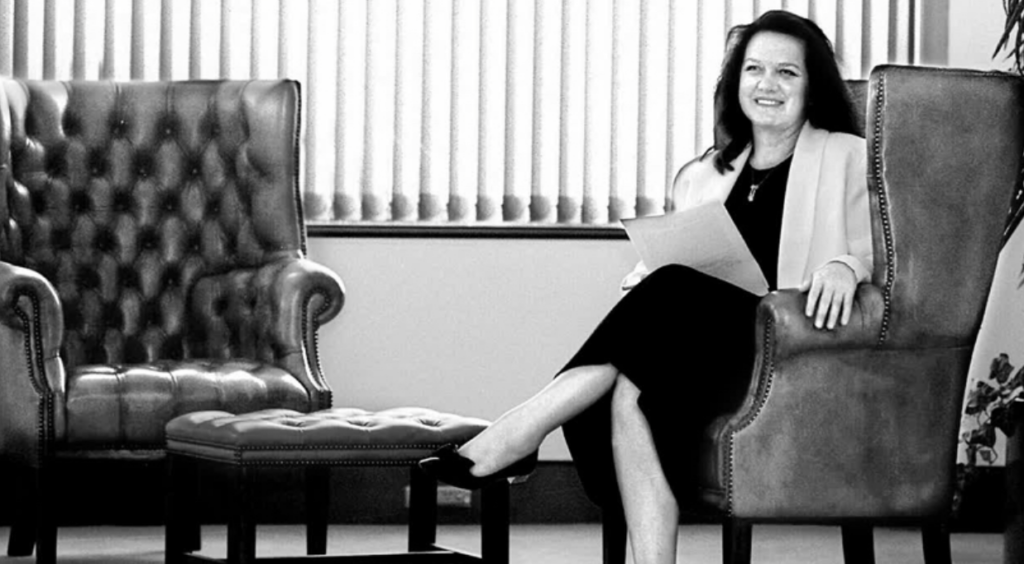
Hancock Group | Building an Exceptional Future
Women play an essential role at all levels of the Hancock Group. Executive Chairman, Mrs Gina Rinehart, is an industry leader, providing a role model and inspiration for other women. We are proud to be an organisation committed to developing opportunities for women across our operations.
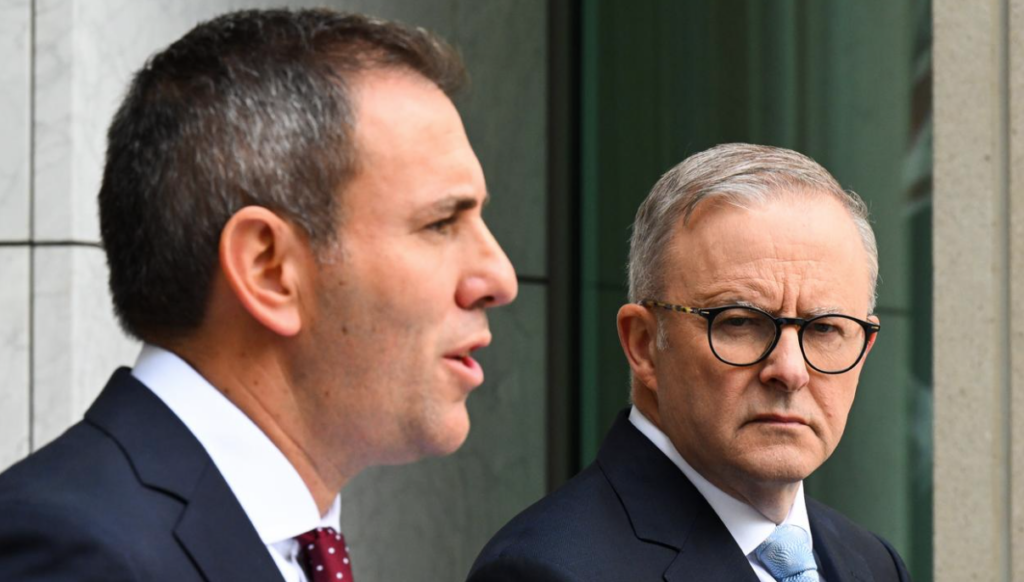
IR, energy bungling puts brakes on growth
The issues that most concern me in thinking about Australia’s need for reform are not the external developments that seem to get most attention, like the prospect of global recession or resurgent protectionism, or even the “climate emergency”, as it is now called. The biggest challenges are ones we’ve created for ourselves. I don’t just mean the inflationary fallout from Covid, which the Treasurer has recently called the “defining challenge of our time”, but policies that have damaged our economy’s ability to cope with change, to be competitive and support economic growth. These and other findings went over pretty well with both sides of politics at the time, as I recall. So the policy outlook seemed hopeful. How on Earth then did we end up with the costly hotchpotch of measures we’ve got today? How did we get to a situation in which electricity will not only become a luxury but an unreliable one?
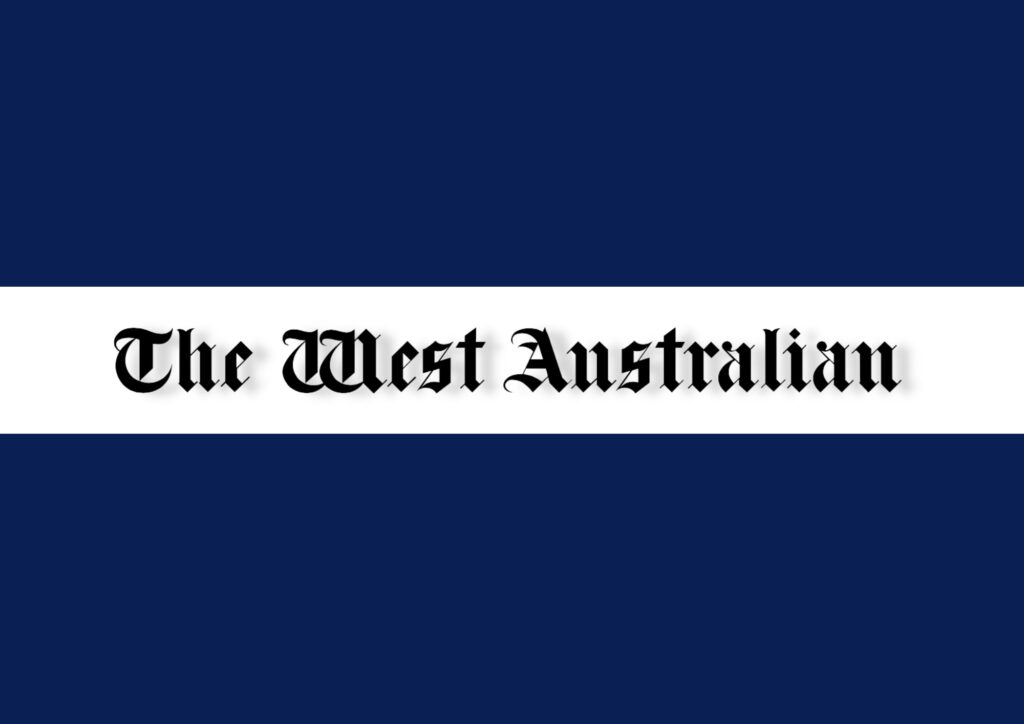
WA Budget on track for another billion-dollar iron ore boost
WA is on track to record a second billion-dollar Budget boost this financial year from iron ore. Higher-than-forecast iron ore prices have persisted deep into the 2022-23 year, swelling expected royalty income to well above levels tipped in December’s mid-year Budget review and likely pushing the State’s surplus beyond $2 billion. With just over 3½ months of the year left, iron ore is trading at $US127/a tonne and averaging $US106.78/t, easily exceeding the State Government’s revised annual forecast of $US87.40/t in mid-December. Every $US1/t increase in the forecast price of the State’s biggest export earner translates into an additional $90 million in royalties.

Prime Minister Anthony Albanese flags gas is crucial to energy transition
Prime Minister Anthony Albanese says additional gas exploration will be critical to Australia’s energy transition. Speaking in Sydney on Tuesday, Mr Albanese said gas would play a “key role” in the country’s push to greener energy and was a needed firming fuel source for businesses, while options like hydrogen remain more than a decade away.
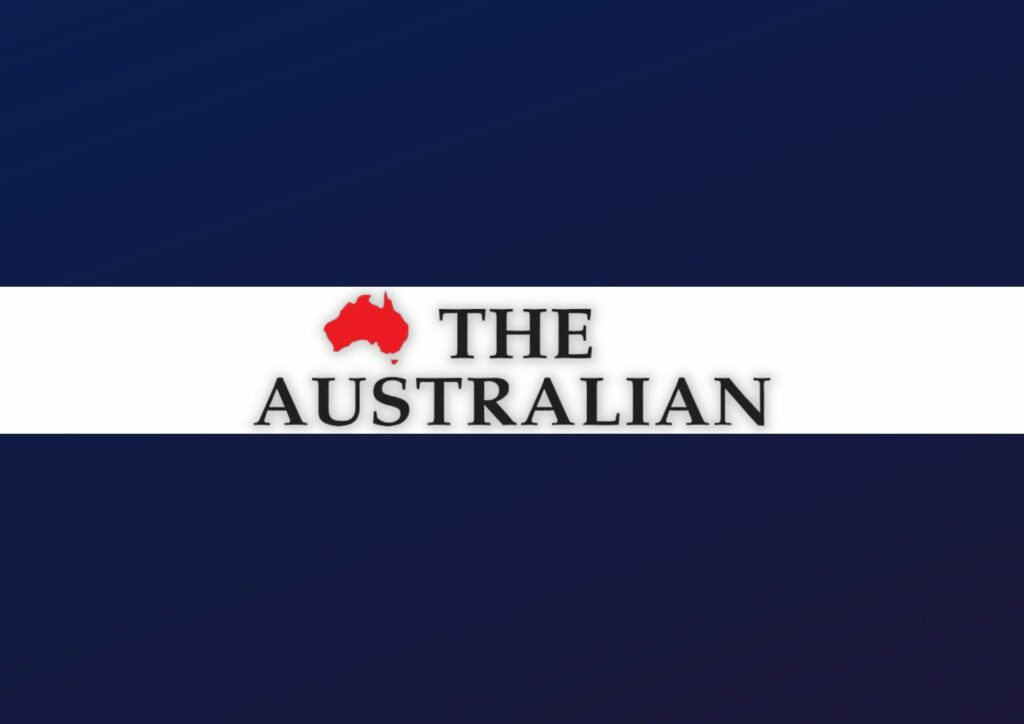
Iron ore miners help lift bourse
Iron ore miners surged in their best session since November, extending recent share prices gains over the past few months based on optimism that China’s reopening was a win for steel demand. “We expect China’s steel output to continue to increase in coming months, as the industry restocks and prepares to meet pent-up demand. And this should support iron ore prices coming into Q2,” he said. Energy was the only other sector to end higher as Woodside firmed 2.2 per cent to $37.59 after another rally in crude oil on Chinese demand hopes.

BHP, Wesfarmers voice major concerns over second wave of IR reforms
Two of the country’s biggest companies have raised major concerns about the Albanese government’s second tranche of workplace relations reforms, warning restrictions on casuals and labour hire could disrupt their business.
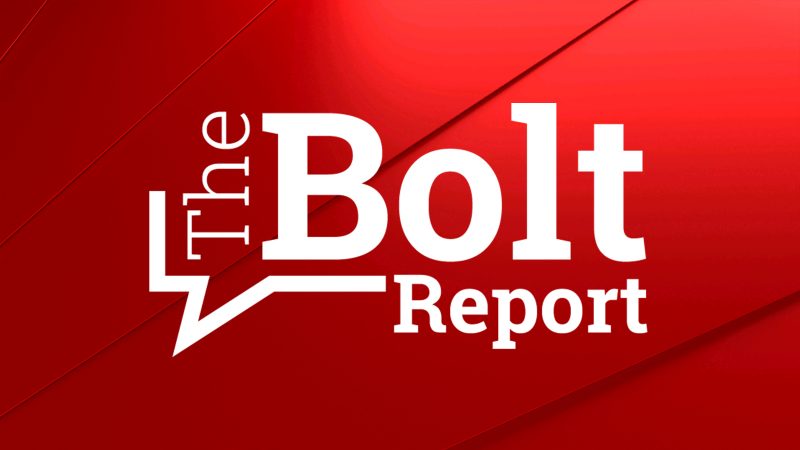
BOLT: Government risks Japan relations over gas plan
17 February 2023. Ambassador to Japan expresses energy concerns.
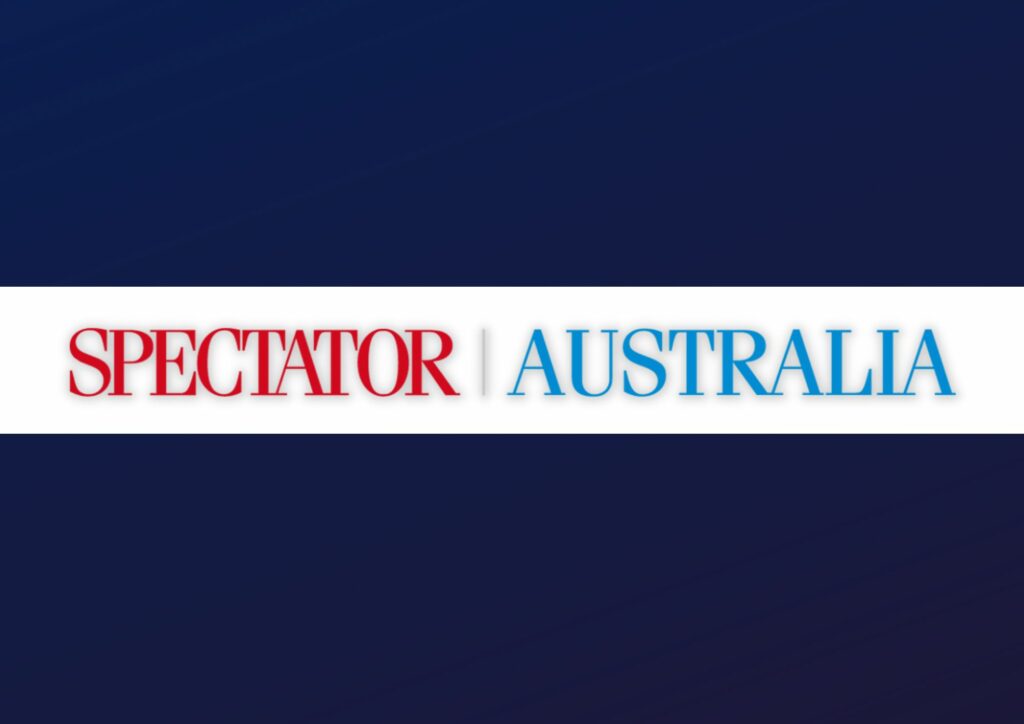
Dark ages coming | Transitioning to blackouts
The events of the past few weeks have brought Australia’s energy future into sharp focus – we won’t have one. Green enthusiasts who dominate the public debate have insisted that much of the east coast’s reliable power supply must cease operating by about the middle of next decade, but there may not be anything to put in its place. Those same activists insist that a vast network of renewable energy projects can take over the role of coal plants, ignoring considerable evidence that they cannot. However, state governments are relying on private investors to create this dense network, despite investment in the area having tanked. This heroic attempt at ruining Australia’s power supply is all the more remarkable for occurring during an international energy crisis and with the policymakers apparently oblivious to the notable failure of renewable energy to make much of a contribution to the overall energy supply, despite decades of investment.
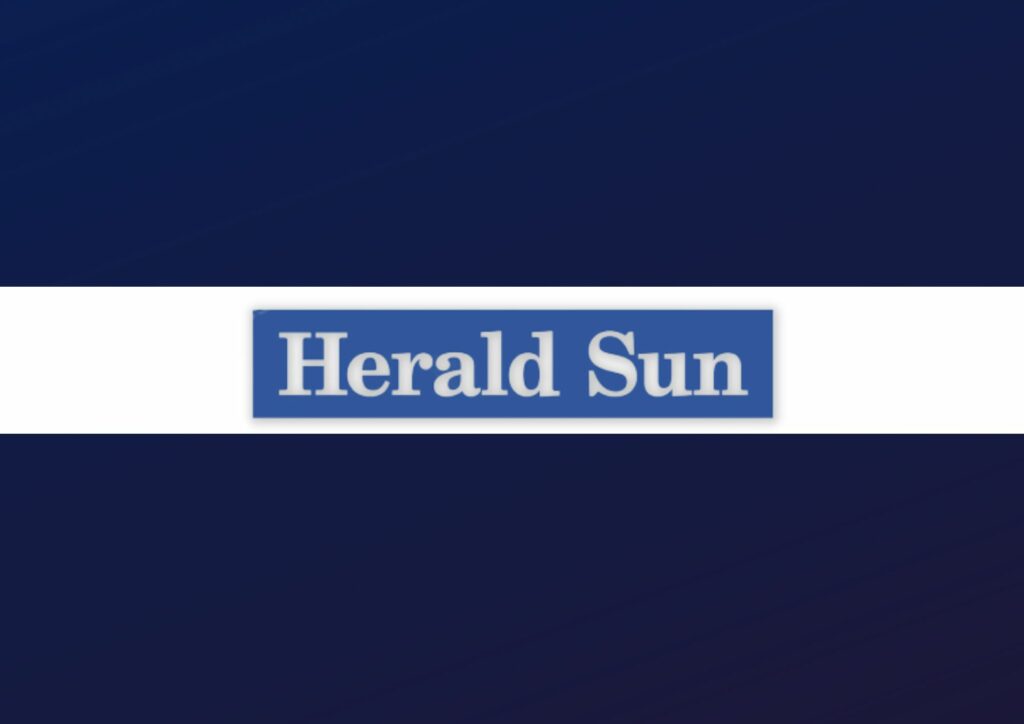
Andrew Bolt: Blundering Albanese hitting the gas on energy shortages
Japan, which has sunk many tens of billions of dollars into projects here, is horrified by Australia’s suicidal madness. Its Prime Minister rushed here to ask Albanese to promise not to disrupt Japan’s supplies.